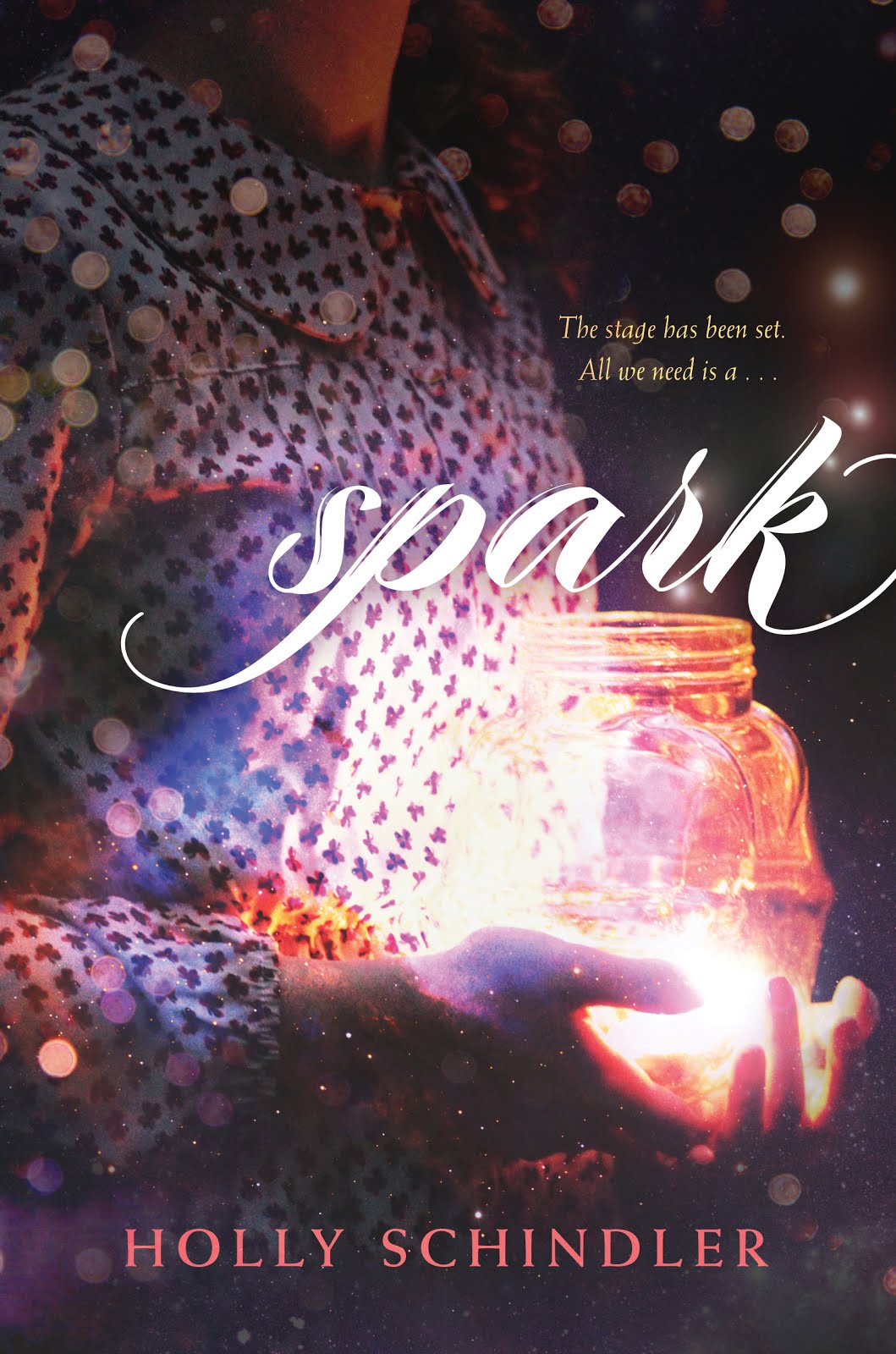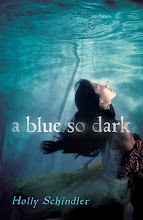Thursday, June 16, 2016
5 THINGS TO KEEP IN MIND WHEN WRITING FLAWED CHARACTERS
SPARK, my latest YA, is full of flawed characters. In fact, the entirety of
Advanced Drama is filled with students who believe themselves to be senior
nobodies—the dull, neutral shades in the crayon box. To some degree, every
single character you create should be flawed in some way. But what about those
characters who wear their flaws outwardly, conspicuously? How do you create a
flawed character who remains multi-dimensional?
Don’t
JUST make them flawed. Human beings are fully rounded. We all have
weaknesses and strengths. Make sure that every one of your “flawed” characters
also has a special strength or talent as well. In SPARK, Cass and Dylan are
arguably the most flawed of any of the characters in the book—or, at least, are
the most affected by their own flaws: Cass has a prominent birthmark, and Dylan
has a stutter. But they’re also incredibly talented musicians.
Don’t
dwell on it. In a way, this was easy in SPARK—the book is told from Quin’s
POV, so I didn’t have to worry that I was devoting too much of a character’s
internal monologue grumbling about their perceived flaws. But if your flawed
character does happen to also be telling the story, don’t allow their every
thought to be focused on this one physical or personality quirk. It can have a
stronger impact if you show how it affects their interactions with other
characters, then develop other traits once you’re inside their head, listening
to their thoughts.
Give
your character a sense of humor about it. This can actually help you create
a voice for your main character—let them be sarcastic. Or self-deprecating.
Humor always helps endear your main character to your reader, and in this case,
it keeps the book from seeming a bit melodramatic as well.
Give
them a scenario that forces them to face their flaw in some way. In SPARK,
Cass and Dylan literally have to step into the spotlight—a place they both
fear. What does your own character fear?
Why? How can it hold them back? How can they address it? This all helps add
drama, build to a climax.
Let your character
get over it. Or accept it. Or come to realize we all have perceived flaws.
Your main character(s) should grow and change internally. There’s nothing
tougher sometimes than self-acceptance. And it can make a really beautiful
story, especially when it’s a story for younger readers.
Labels:
Spark,
Writing Tips
Subscribe to:
Post Comments (Atom)



































No comments:
Post a Comment